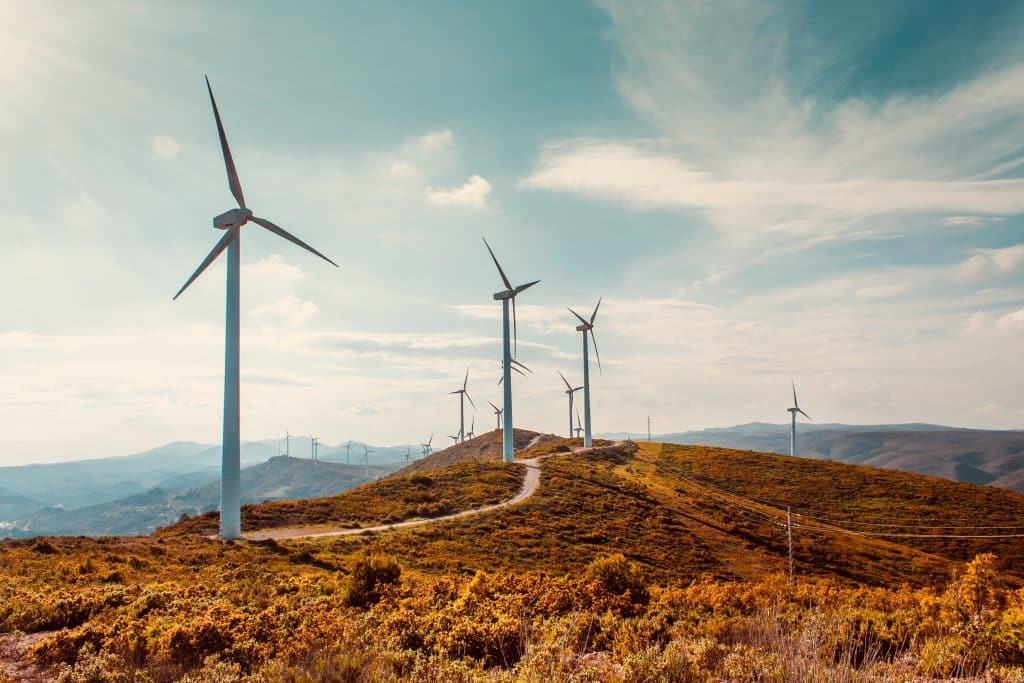
Recently, a growing number of companies have announced that they believe that drones could be a viable way to tackle the stronger and more consistent high-altitude winds.
According to recent figures from the US Energy Information Administration, in 2018 wind power generated five times more electricity than in 2008 – although it does still only account for about 4% of the world’s electricity. It can be argued that wind is intermittent, therefore making this form of renewable energy unreliable, however winds at higher altitudes blow stronger and more consistently. A study in 2012 by California’s Lawrence Livermore National Laboratory found that high-altitude winds alone could provide 100 times the global energy need.
Over recent years, wind turbines have been getting bigger and bigger in a bid to access winds at high altitude, however that means larger and more expensive towers. In come the drones which are now being accepted as a lower cost supplement.
Udo Zillmann of Airborne Wind Europe comments:
“Airborne wind energy is a minimalistic version of a turbine, incorporating only the necessary elements: a blade and a tether measuring a few centimetres in diameter. These systems require between 1% and 10% of the materials used to construct a turbine and can also be grounded if required, for example to ease the passage of migrating birds.”
Skypull, a Swiss start-up company, have developed an autonomous drone that can fly as high as 600m which is about three times the height of a traditional wind turbine. Its current prototype is a rigid wing, multi-copter ‘box wing’ that can take off and land by itself, with no need for a launcher or ground wind.
Chief Executive of Skypull Nicola Mona says:
“Once it has climbed to operating height, the drone transitions to kite mode by turning 90 degrees from the upright position, and generates traction on the tether, which is attached to a winch that is linked to a generator. It is a system that enables us to fly between 200m and 600m above the ground in any location”.
The take-off of the drone is battery powered, but once in the air the battery is recharged every time the drone loops back towards the ground.
Skypull admit that early usage is likely to be limited to smaller projects, however believe that the system could one day be used to meet large-scale energy demands.
